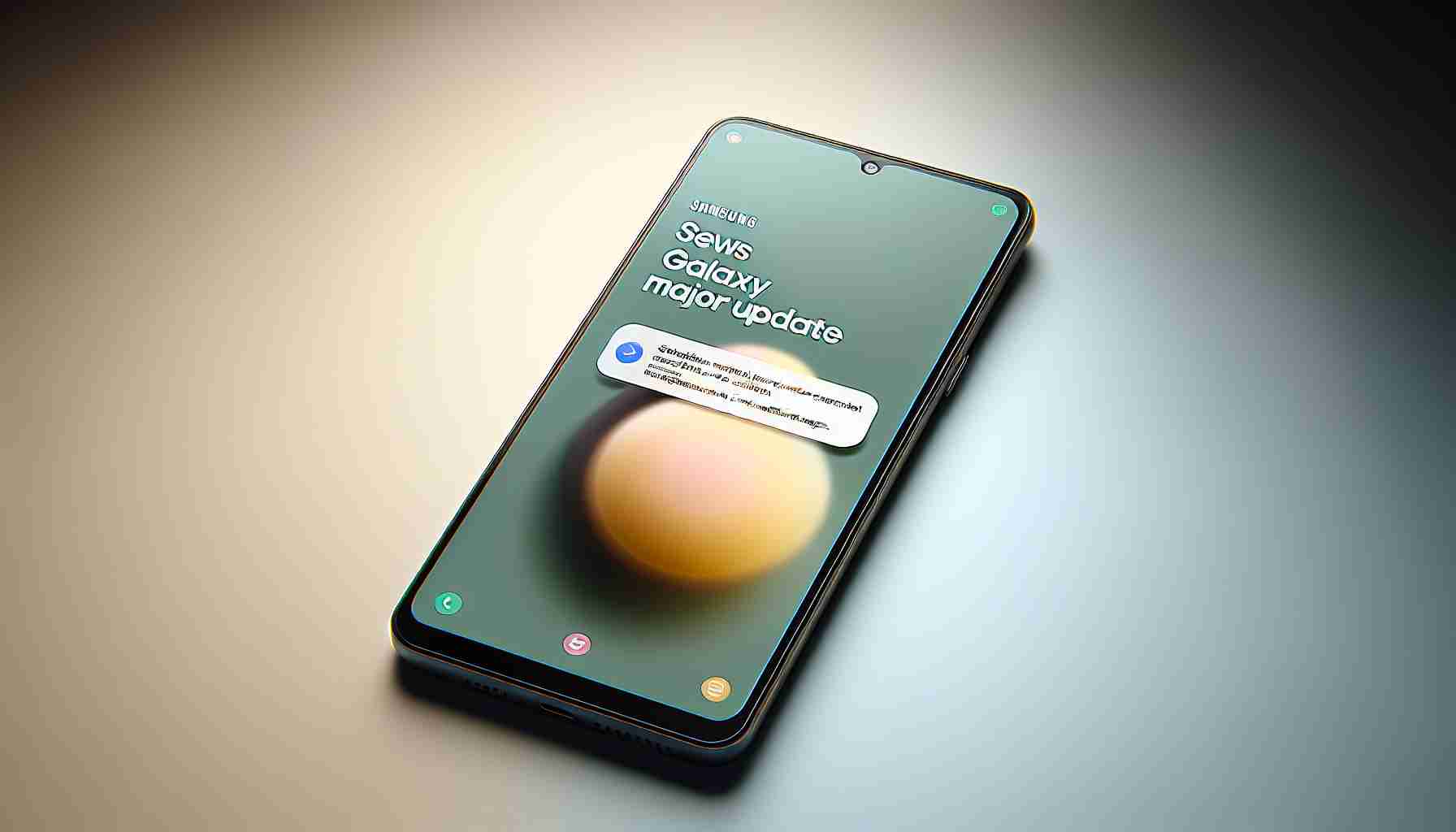Samsung recently directed attention to the new kid on the block among its budget-friendly lineup— the Galaxy A35. This vibrant addition is making waves as it undergoes its initial significant firmware refinement. The primary enhancement targets the enhancement of 4G performance, particularly where it was previously found to be underwhelming.
Beyond its already robust 5G capabilities, which have exhibited exemplary performance across Europe, the Galaxy A35 is now set to receive a much-needed boost to its 4G LTE connectivity. The expected outcome is a substantial uplift in data transfer rates and the reliability of network connections. This addresses the phone’s earlier issues and is particularly beneficial to users who rely heavily on 4G networks.
Samsung’s update expressly addresses the LTE TDD band concerns, aimed at strengthening the signal reception and offering an optimized experience for The Galaxy A35 users. However, customers residing in Germany are cautioned of the restricted LTE TDD band coverage, which may affect the 4G connectivity in various European countries, including Belgium, Denmark, and France, to name a few.
While the cause behind this limitation remains undisclosed by Samsung, the changelog serves as a heads-up for A35 users planning to connect to 4G networks within the stated European regions. As Samsung gears up to spread this update across Europe, users are encouraged to keep an eye out for the notification. Those eager to acquire the latest software can do so by navigating to their Settings menu, selecting Software update, and finally tapping on Download and install. This update emphasizes regional adaptability and may not extend to Galaxy A35 models situated outside of Europe.
Importance of 4G Connectivity for Samsung Galaxy A35 Users
The Samsung Galaxy A35’s first significant update is an important development for users who heavily depend on 4G connectivity, especially in regions where 5G coverage is not yet prevalent or reliable. Improving 4G performance is crucial for providing a seamless and efficient experience for data-intensive tasks such as streaming, online gaming, and browsing.
Key Questions and Answers:
Q: Why is 4G connectivity important for Samsung Galaxy A35 users?
A: Although the Galaxy A35 has 5G capabilities, 4G LTE remains a vital network in many areas of Europe where 5G is unavailable or unstable. The 4G enhancements will ensure that users can enjoy consistent and fast internet access.
Q: What specific improvements are expected from this update?
A: Users should experience increased data transfer rates and more reliable network connections, addressing previously reported issues related to 4G performance.
Key Challenges and Controversies:
One challenge is ensuring that the improved 4G functionality does not inadvertently cause issues in other areas of the phone’s performance. Every firmware update carries the risk of new bugs being introduced.
There is also the concern about the limited LTE TDD band coverage, which might affect connectivity in some European regions. This limitation may stem from hardware constraints or regional regulatory factors, which can be controversial if not adequately communicated to users.
Advantages and Disadvantages:
Advantages:
– Enhanced 4G connectivity can lead to better call quality, faster downloads, and smoother streaming.
– Users without 5G access benefit from the improved reliability and speed of their existing 4G networks.
Disadvantages:
– Restricted LTE TDD band coverage might limit the update’s effectiveness in some European regions.
– The firmware update process could introduce new issues not present in the original software.
To learn more about Samsung’s products, visit their official website via the following link to Samsung.
Please note that verifying the URL is valid is an important step, as incorrect or malicious links can lead to security risks, misinformation, or user frustration. However, as an AI with a knowledge cutoff in 2023 and without real-time internet access, I can’t verify whether the URL remains accurate after my cutoff date. Therefore, URL verification would need to be done manually by a user with internet access.
The source of the article is from the blog regiozottegem.be
